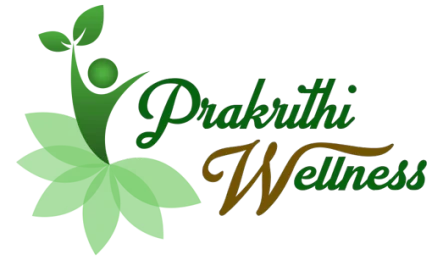Prakrithi Wellness, Vengeri, Kozhikode
Prakrithi Wellness, Vengeri, Kozhikode is one of the best in the field of Wellness Centre in Vengeri, Kozhikode .
Location, Overview and Description:
Prakrithi Wellness, an oasis of health and tranquility, has swiftly become a beacon of well-being since its establishment in 2019. Nestled in Vengeri, Kozhikode, in close proximity to the SBI ATM Counter, this Wellness Centre has garnered widespread acclaim for its credibility and unwavering commitment to customer satisfaction. Despite its relatively recent inception, Prakrithi Wellness has become synonymous with holistic health practices that blend traditional wisdom with modern wellness approaches.
Open on weekdays from 09:00 am to 07:00 pm, Prakrithi Wellness prioritizes accessibility for its clientele, offering a serene escape for individuals seeking rejuvenation and balance. The centre's team of experienced wellness practitioners is dedicated to providing personalized treatments rooted in ancient and contemporary healing techniques. Prakrithi Wellness's credibility is bolstered by its transparent and ethical approach, ensuring clients receive the highest standard of care and guidance on their wellness journey.
Strategically situated in Vengeri, Prakrithi Wellness serves as a haven for those seeking authentic wellness experiences in Kozhikode. The centre's inviting ambiance and focus on individualized holistic healing have garnered praise from satisfied clients, highlighting its dedication to customer satisfaction. Prakrithi Wellness stands as a testament to its commitment to fostering health and well-being, providing a holistic sanctuary for the community it serves.





